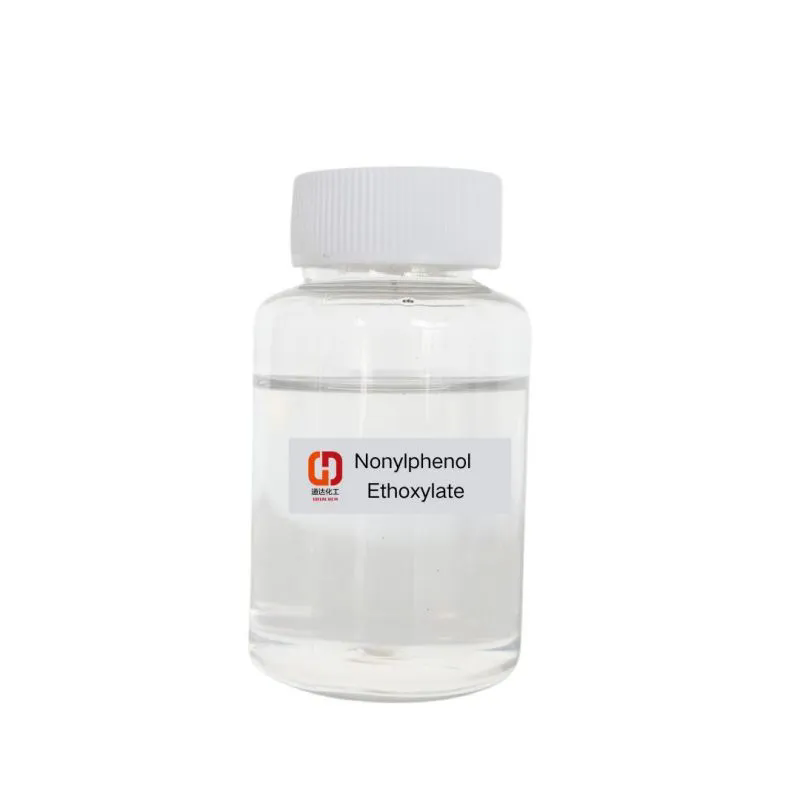What Are Surfactants and Why Are They Essential in Everyday Products?
2024-11-21
Surfactants are one of the most versatile and widely used chemical compounds in various industries, from cleaning and personal care to pharmaceuticals and food processing. But what exactly are surfactants, and why are they so important in the products we use every day?
What is a Surfactant?
A surfactant (short for surface-active agent) is a substance that lowers the surface tension of a liquid, allowing it to spread more easily across surfaces. Surfactants have a unique molecular structure that consists of two parts: a hydrophobic (water-repellent) tail and a hydrophilic (water-attracting) head. This dual nature allows surfactants to interact with both water and oils or other non-polar substances, making them ideal for a wide range of applications.
Types of Surfactants
Surfactants can be classified based on the charge of their hydrophilic head. The four main types are:
1. Anionic Surfactants: These surfactants have a negatively charged head and are typically used in cleaning products like soaps and detergents. They are effective at removing dirt, oil, and grease.
2. Cationic Surfactants: With a positively charged head, these surfactants are commonly used in fabric softeners, disinfectants, and hair conditioners due to their ability to condition and reduce static electricity.
3. Nonionic Surfactants: These surfactants do not have a charge and are used in a variety of products, such as shampoos, body washes, and household cleaners. They are known for their mildness and effectiveness in removing oils and dirt without causing irritation.
4. Amphoteric Surfactants: These surfactants can carry both a positive and negative charge depending on the pH of the solution. They are commonly used in personal care products, especially those designed for sensitive skin, as they are gentle and versatile.
Why Are Surfactants Important?
Surfactants play a key role in making many everyday products more effective and efficient. Here are some of the reasons why they are so essential:
1. Cleaning Power: Surfactants are the primary ingredient that allows detergents and soaps to clean effectively. By lowering the surface tension between water and oils or dirt, surfactants help to break up and suspend these particles in water, making it easier to wash them away.
2. Emulsification: Surfactants help mix two substances that normally don’t combine, such as oil and water. This is crucial in products like lotions, creams, and mayonnaise, where an even mixture of water and oils is required to achieve the desired texture and consistency.
3. Foaming and Lathering: Many personal care products, like shampoos and body washes, rely on surfactants to create foam and lather, which helps to distribute the product evenly and gives consumers the feeling of a thorough cleanse.
4. Skin and Hair Care: Surfactants are commonly used in hair care and skincare products because they can help remove oils and impurities while still being gentle on the skin. Some surfactants also provide conditioning benefits, leaving hair and skin feeling soft and moisturized.
5. Industrial Applications: Beyond personal care, surfactants are used in various industrial applications, including as emulsifiers in paints, coatings, and agrochemicals. They help improve product stability and performance by facilitating the even distribution of ingredients.
Where Are Surfactants Found?
Surfactants are found in a wide array of products, both household and industrial. Some common examples include:
- Household Cleaners: Dishwashing liquids, laundry detergents, and all-purpose cleaners all contain surfactants to help break down oils and dirt.
- Personal Care: Shampoos, conditioners, body washes, and facial cleansers all use surfactants to cleanse, foam, and moisturize.
- Food Products: Surfactants are used in food processing to emulsify fats and oils, ensuring the texture of products like margarine, mayonnaise, and salad dressings.
- Pharmaceuticals: Surfactants help in the formulation of oral medicines, creams, and ointments, ensuring that active ingredients are properly mixed and stable.
Are Surfactants Safe?
Surfactants are generally considered safe when used as directed in products, but some may cause irritation or sensitivity in certain individuals, especially in high concentrations. It’s important for manufacturers to carefully select and balance the types of surfactants used in products to ensure both effectiveness and safety. For example, personal care products are often formulated with milder, nonionic surfactants to minimize the risk of skin irritation.
Conclusion
Surfactants are far more than just cleaning agents—they are essential components in a wide range of products that we use every day. Their unique ability to interact with both water and oils makes them invaluable in everything from household cleaners to personal care and industrial applications. Understanding the role of surfactants can help consumers make informed choices about the products they use and appreciate the science behind their effectiveness.



